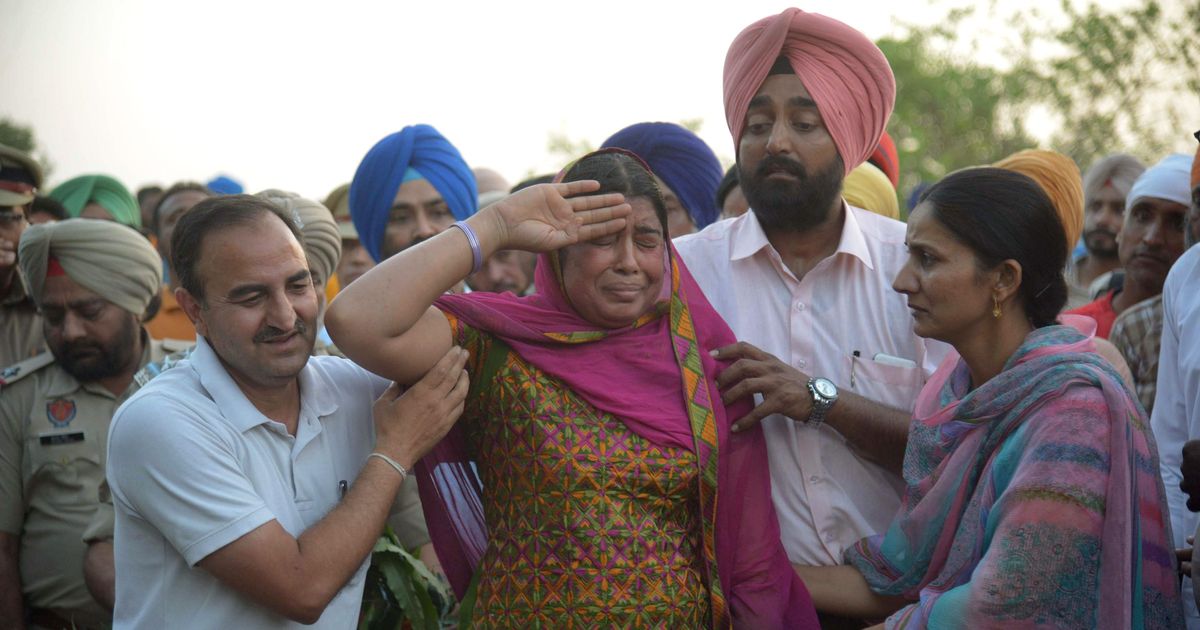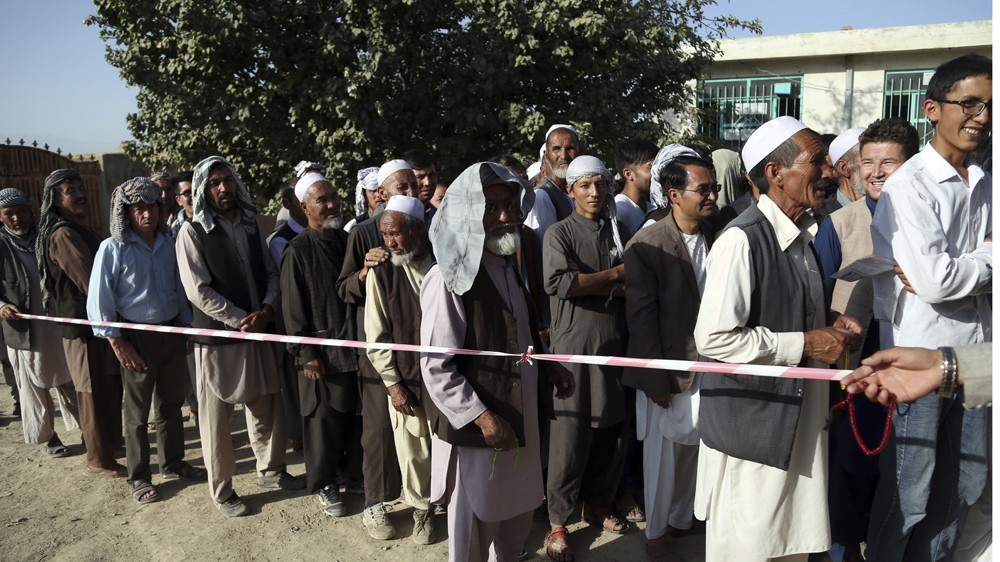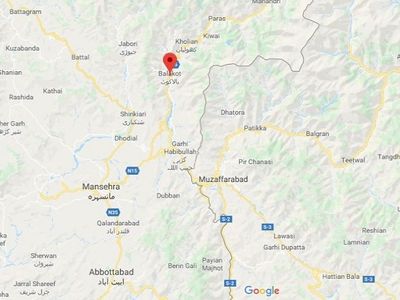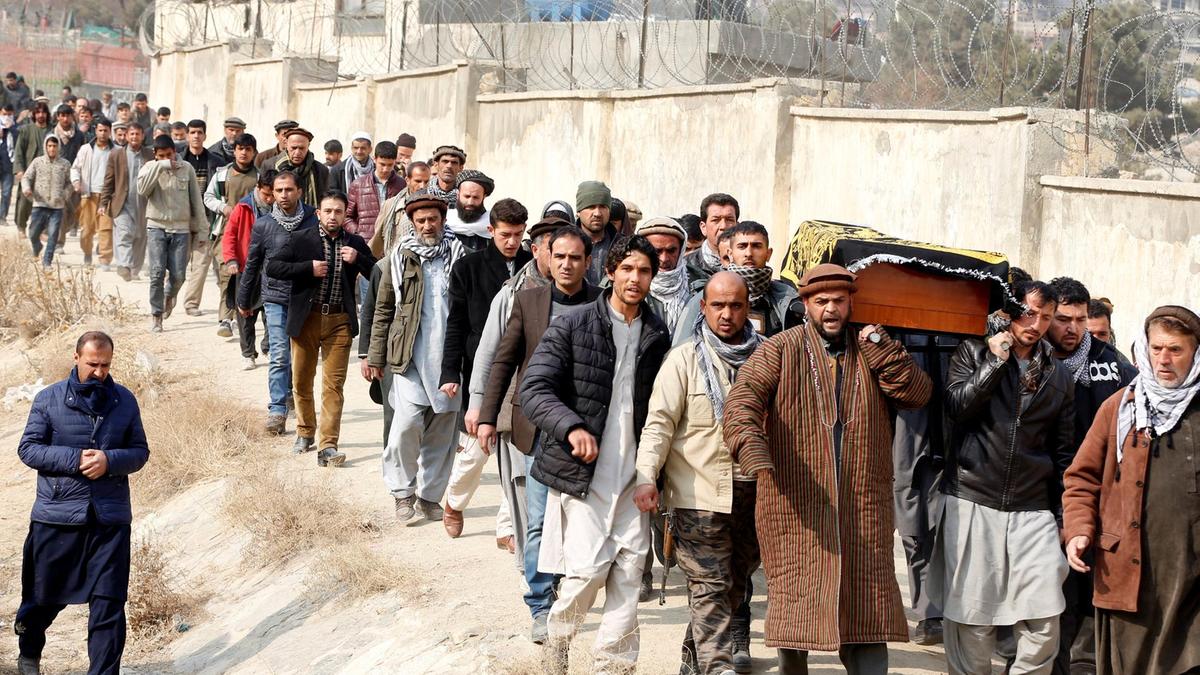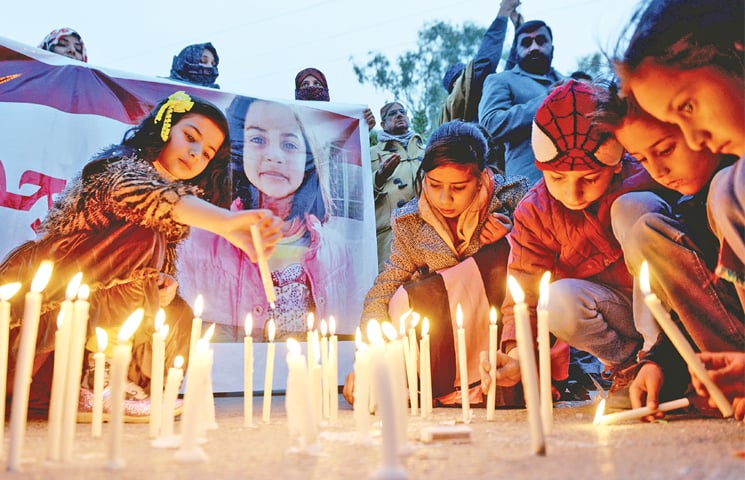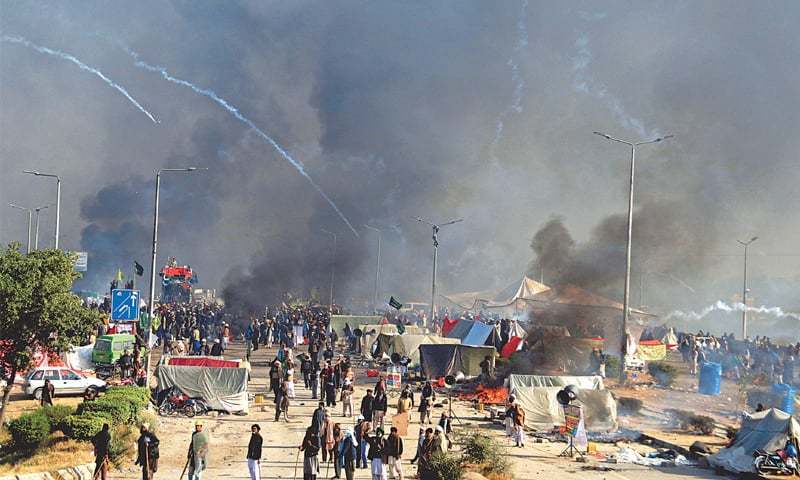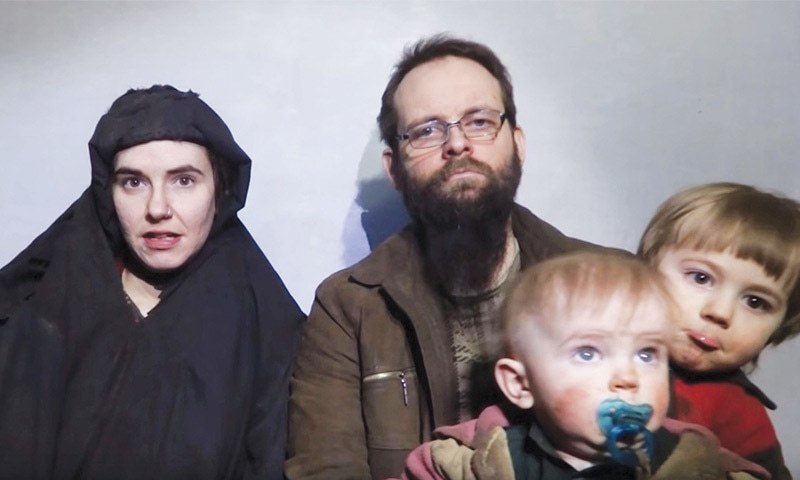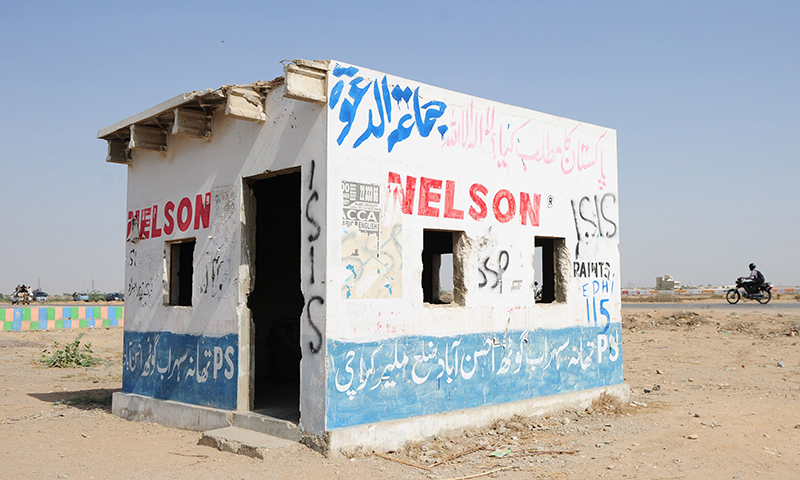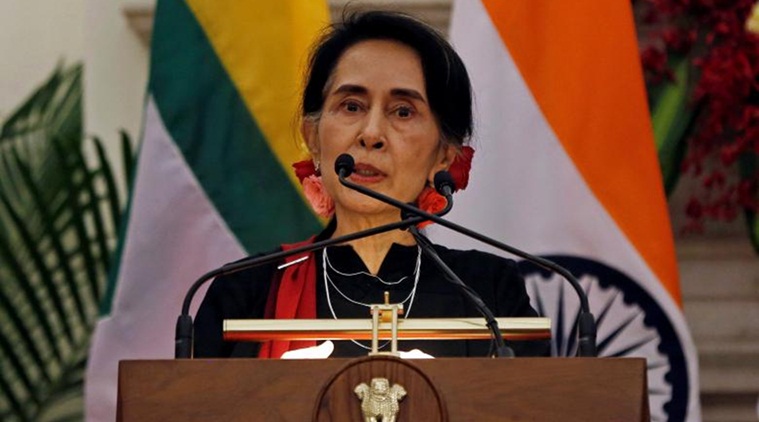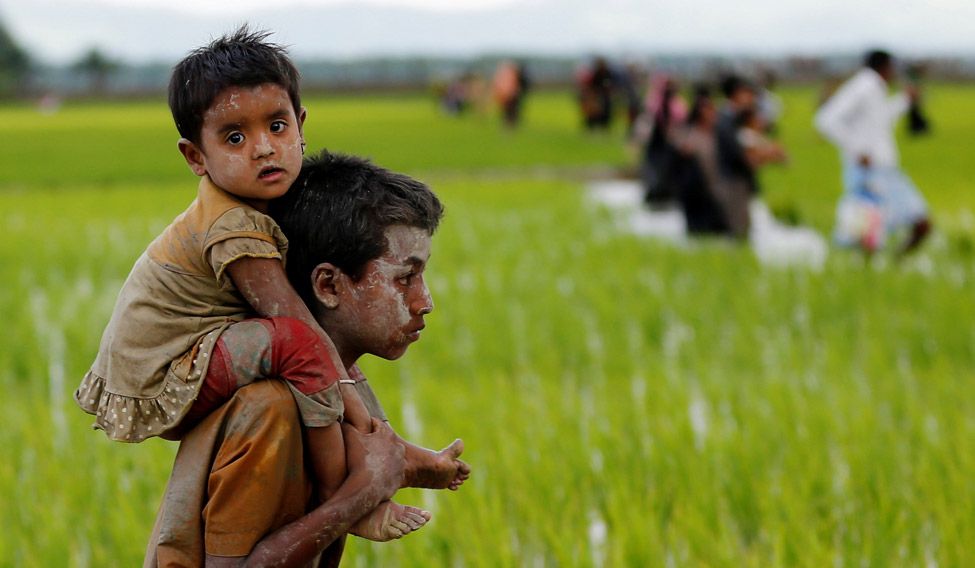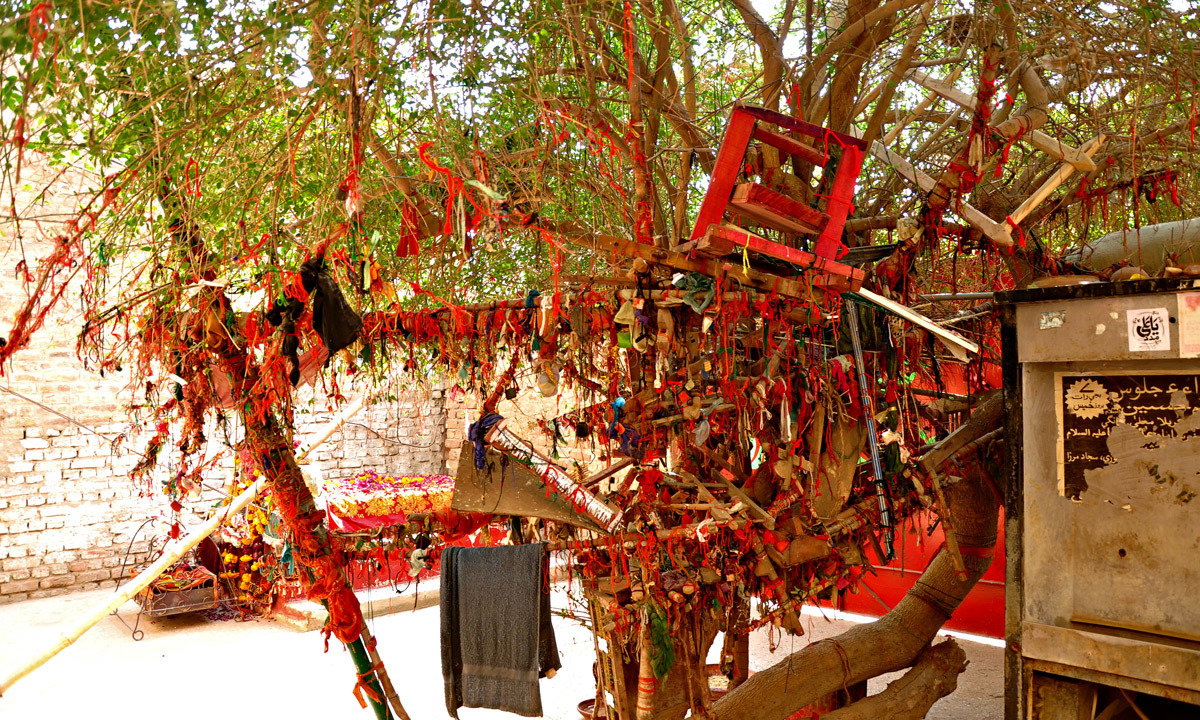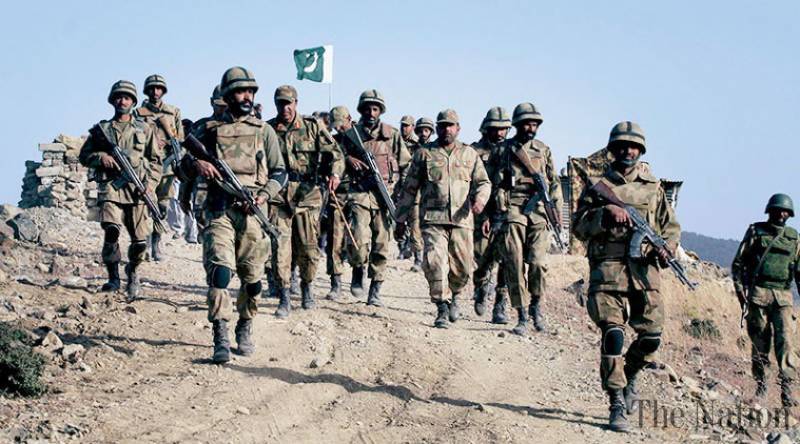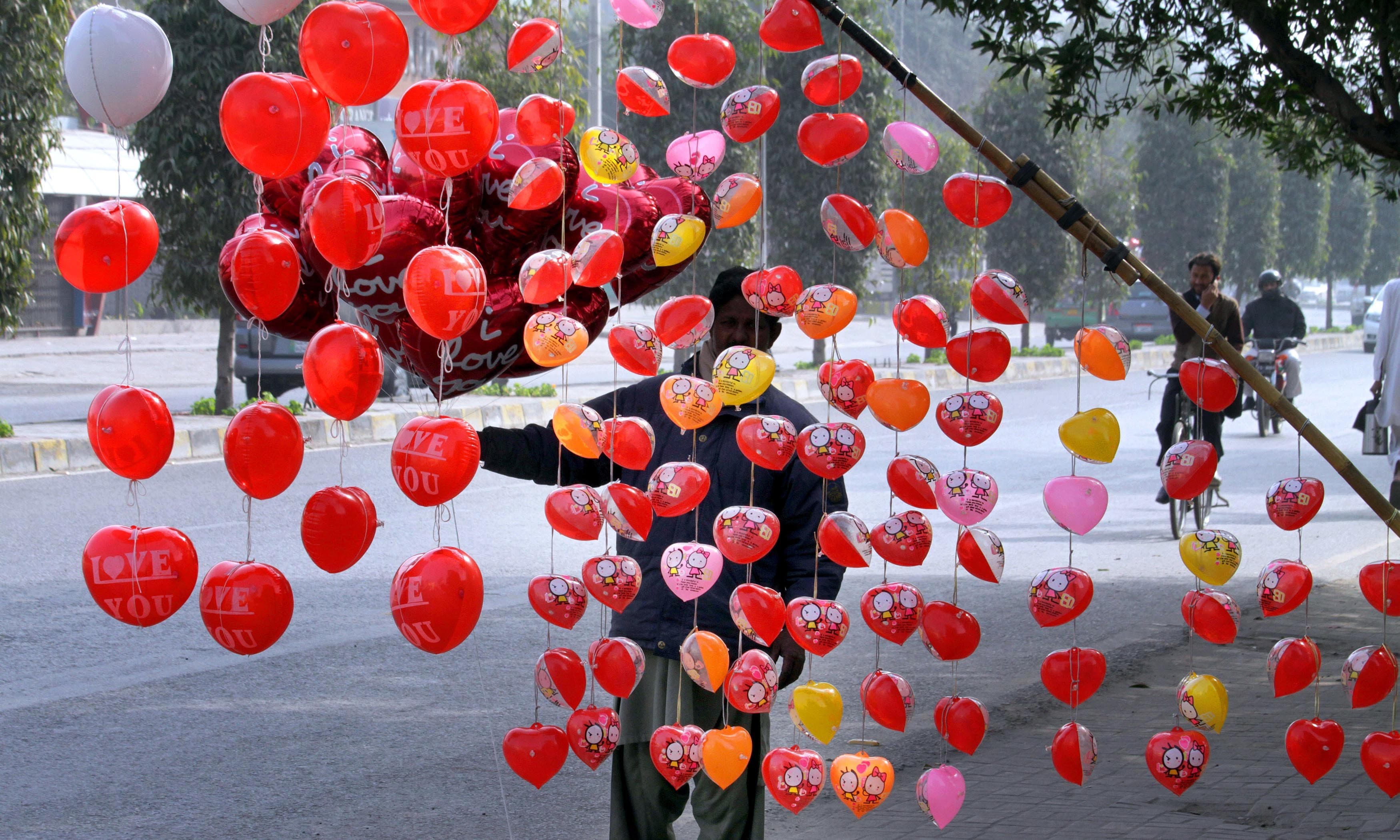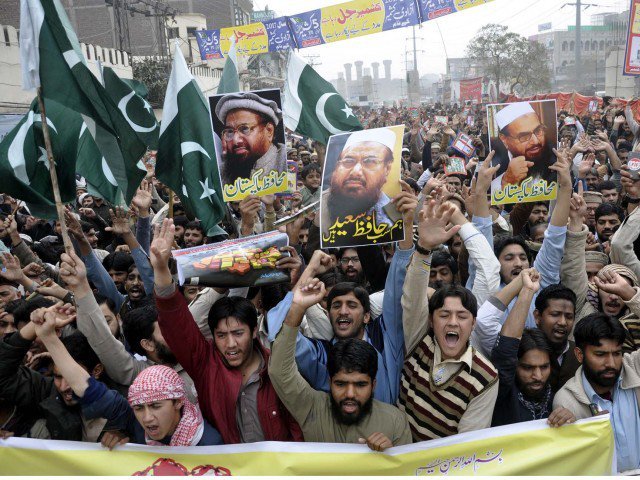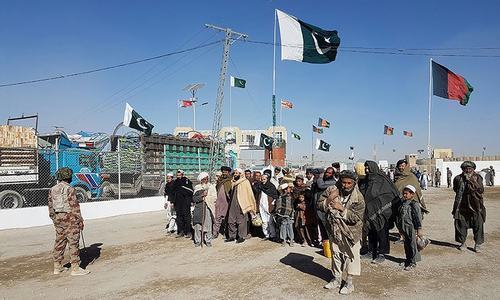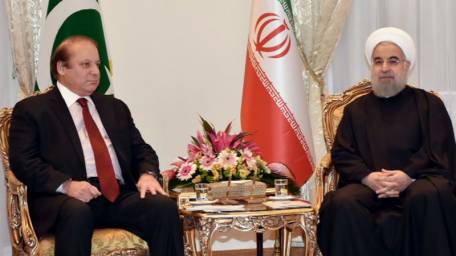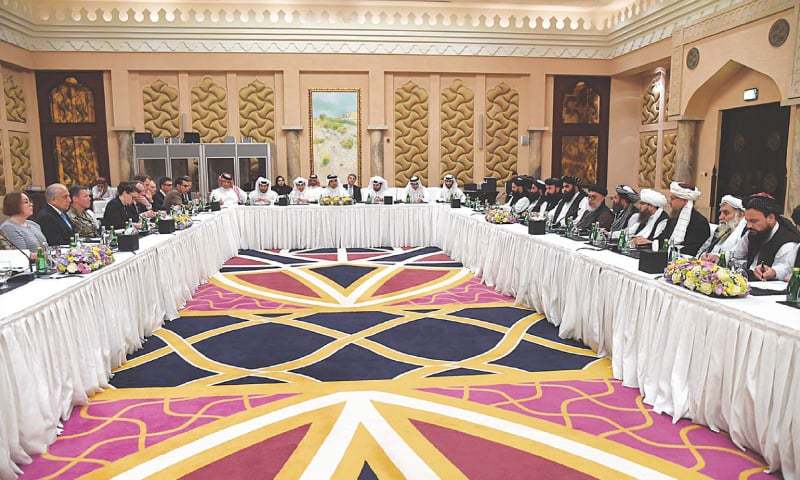
Conflict Reader # 72, 1 February 2019
CR Comment
D. Suba Chandran
Professor
International Strategic and Security Studies Programme (ISSSP)
National Institute of Advanced Studies (NIAS), Bangalore
An abridged version of this analysis was first published by the ICM. Click here
On 21 January 2019, Taliban attacked a National Directorate of Security (NDS) compound in Maidan Wardak province in Afghanistan. It is believed more than 100 were killed in the attack in which the Taliban used a captured Humvee truck filled with explosives to drive into the compound, followed by suicide bombers.
Geographically, one of the central provinces, Wardak borders Kabul and is not far from the national capital. In terms of violence perpetrated by the Taliban, Wardak is one of the numerous attacks on security and police outposts since the beginning of 2019. So, what is the significance of the Taliban’s Wardak massacre, and what it implies?
First, an overview of the attacks (see “The Afghan War Casualty Report”, New York Times, https://www.nytimes.com/spotlight/afghan-war-casualty-reports?module=inline ) by the Taliban since 01 January 2019 will reveal a pattern. Wardak should be seen as a part of a series of attacks led by the Taliban in central, southern and eastern provinces of Afghanistan. In particular, one could see an increased number of attacks in the provinces of Faryab, Balkh, Badghis, Kandahar, Jowzjan and Helmand. Faryab and Kandahar provinces have witnessed more than ten attacks since January 2019.
Second, Wardak massacre should be seen as a part of targeted and coordinated attacks by the Taliban. During the recent months, the Taliban have been targeting security and police outposts and security compounds. For the Taliban, Wardak massacre should be a part of its target specific attacks with well-specified objectives. Taliban has been aiming to capture these outposts in certain areas; while in other places, the attacks were also aimed at both capturing weapons and kidnapping members of the security forces. The weapons are used by the Taliban to strengthen its own armoury to be used against the security forces; for example, the explosive-laden Humvee truck was not purchased by the Taliban in an open market. It should have been captured in one of the earlier attacks.
Third, and most importantly, the Wardak massacre should be seen as a part of the Taliban’s military strategy in negotiating with the US. For the last few months, the US has been engaged in initiating a dialogue with the Taliban. Amb Zalmay Khalilzad, the US Special Envoy, has been entrusted with starting a dialogue process and politically engage with the Taliban; this process has been underway for the last many months. Trump’s recent announcement to reduce the troops level in Afghanistan should have been a part of this engagement behind the scenes.
From Wardak to Doha: Three Explanations for Taliban’s Strategy
One should agree that Amb Khalilzad had succeeded in kickstarting the negotiations. Subsequently, the Taliban named Mullah Baradar to lead the process in Doha. The massacre in Wardak came the same day when the Taliban announced the engagement process. If Taliban was preparing to negotiate with the US in Doha and appoint Mullah Baradar as its representative, why would it go along and carryout such a massacre in Wardak?
There could be three explanations for the Wardak massacre amidst the Doha dialogue. First, the Taliban sees the attacks on Afghan security forces as a military strategy for political negotiations. Both the US and the Taliban want to negotiate with each other from a strong position in the field. If the Taliban has been continuing with its terror strategy, the US has also been conducting its air strikes against the insurgent targets. Two airstrikes by the US on 25 January in Kandahar killing more than 25 people, well after the negotiations started in Doha should underline this approach.
The second explanation could be: there is a divide within the Taliban. The section that wants to negotiate is not the same that is engaged in terrorist attacks. Besides numerous small factions, there have been two parallel groups – the Afghan Taliban, led by Quetta Shura and the Haqqani Network supported by Pakistan. Perhaps, the former wants to negotiate with the US; and the latter wants to keep away from the same. It is no coincidence that Amb Khalilzad visited Islamabad a few days before kick-starting the negotiations in Doha. What does Pakistan want out of the latest round of dialogue in Doha? This is a separate question.
The third explanation is an extension of the above one. The Taliban is divided, and the leadership that wants to negotiate with the US does not want its foot soldiers to feel that there is a U-turn in their approach towards the US. Hence, the attacks against Afghan security forces are not pursued as a military strategy for a political negotiation with the US; instead, it is being pursued as an internal strategy by the Taliban leadership to keep the organisation cohesive.
If the third explanation is likely to be the reason for Taliban’s emphasis on militant attacks despite a dialogue process – it should raise a larger question: what section and percentage of the Taliban are willing to negotiate with the US for a final settlement? And how the other section - that does not want to negotiate with the US – will respond to a Doha outcome? This is a larger question that Kabul and the rest will have to look into.
The US may end up reaching an illusion of peace following an understanding with the Doha process to have a face-saving political exit from Afghanistan. Rest of the region will face the fallouts. An Afghan solution lies in finding an answer to what happened in Wardak (and why) and certainly not what is likely to come out in Doha.
Taliban attacks since 01 January 2019
23 January 2019
Helmand Province: 16 civilians killed in a joint military operation in Sangin district
22 January 2019
Faryab Province: A police officer is killed in a Taliban attack in Almar district
Oruzgan Province: An American officer was killed
21 January 2019
Wardak Province: 50 NDS personnel were killed in Maidan Shahar, the provincial capital
Faryab Province: Three police officers were killed at a police outpost
21 January 2019
Faryab Province: A civilian was killed by a Taliban rocket attack
20 January 2019
Farah Province: Five police officers were killed in the provincial capital
Logar Province: Seven police officers and a NDS member were killed in an attack targeting the Provincial Governor
Zabul Province: Two police officers were killed at a police outpost in Arghandab district
19 January 2019
Kandahar Province: A police officer was killed in an attack at police outpost in Zari district
18 January 2019
Kabul Province: A police officer was killed on a roadside bomb attack
Faryab Province: Three civilians - family members of pro-government militia were killed
Helmand Province: A NDS member was killed in Nadali district
Kunduz Province: Seven police officers were killed in an attack on a police post
Farah Province: Eight police officers were killed in an attack on police outposts in the provincial capital
17 January 2019
Parwan Province: A police officer was killed in Shinwari district
16 January 2019
Faryab Province: Four police officers were killed in Khwaja Sabz Posh district
Balkh Province: Nine police officers were killed in an attack on police outpost in Chimtal district
Faryab Province: Two police officers and three pro-government militia were killed in an attack in Qaisar district
Kandahar Province: Four police officers were killed in a checkpoint in Panwai district
14 January 2019
Kabul Province: 22 people were killed in a car bomb explosion in the capital
Badghis Province: Four border police were killed in an attack on the convoy near Badghis city
13 January 2019
Jowzjan Province: Seven pro-government militia members were killed in Aqcha district
Farah Province: Six police officers were killed in an attack on a checkpoint in Farah city
Kunduz Province: Six soldiers and two police officers were killed in an attack on police outpost
12 January 2019
Herat Province: Two police officers and three civilians were killed in an attach on the police station in Herat city
Kandahar Province: Five police officers were killed in an attack on a police checkpoint in Spin Boldak district
11 January 2019
Jowzjan Province: Six pro-government militia members were killed in an attack on a security post in Faizabad district
10 January 2019
Herat Province: Eleven soldiers were killed in attacks on security posts in two districts - Shindand and Pashtun Zarghon
Jowzjan Province: Five soldiers were killed in attack on security post in Faizabad district
Baghlan Province: Nine police officers were killed in three attacks in the provincial capital
Badghis Province: Five soldiers and three members of the NDS were killed in an attack on a security outpost in Ab Kamari district
Takhar Province: Eight police officers were killed in a series of attacks on six security outposts in Khwaja Ghar district
Kunduz Province: Seven soldiers and two police officers were killed in attack in Qala-e-Zal district
9 January 2019
Balkh Province: Eighteen members of the security forces were killed in multiple attacks on outposts in Charbolak district
8 January 2019
Khost Province: Two civilians were killed in an explosion in Khost city, the provincial capital
7 January 2019
Balkh Province: Seven police officers were killed in an attack on a security post in Charbolak district
Paktika Province: Six civilians were killed by a roadside bomb in Janekhel district
Balkh Province: A pro-government militia member was killed in an attack on a security outpost in Dawlat Abad district
Badghis Province: Eleven police officers, seven pro-government militia members and three security officers were killed in a separate attacks on security outposts in Qades and Amb Kamari districts
Faryab Province: Twenty one Taliban fighters were killed in two American airstrikes in Qorghan and Almar districts
6 January 2019
Baghlan Province: Five police officers were killed in a rocket attack in Doshi district
Jowjzan Province: Four members of a pro-government militia were killed in an attack on a security post in Faizabad district
Ghazni Province: Three police officers were killed in an attack on a security outpost in the provincial capital
5 January 2019
Kandahar Province: 16 members of the border forces were killed in an attack on an outpost in Spin Boldak district
4 January 2019
Samangan Province: Two police officers were killed in an attack on a police outpost in Dar-i-Suf Payin district
Balkh Province: Twelve police officers were killed in an attack on a police outpost in Charbolak district
3 January 2019
Baghlan Province: 14 police officers were killed in two different attacks on police outposts in Pul-i-Kumri city, the provincial capital
2 January 2019
Badghis Province: Four soldiers were killed in an attack on two army posts in Bala Morgan district
Kandahar Province: Five soldiers and a police officer was killed an attack on an army battalion and a police outpost in Maiwand district
1 January 2019
Balkh Province: Six police officers were killed in an attack on a police outpost in Chimtal district
Sar-i-Pul Province: 21 members of the security force were killed in a series of attacks on security outposts in Sayad district
Source: Compiled from “The Afghan War Casualty Report”, New York Times, https://www.nytimes.com/spotlight/afghan-war-casualty-reports?module=inline
